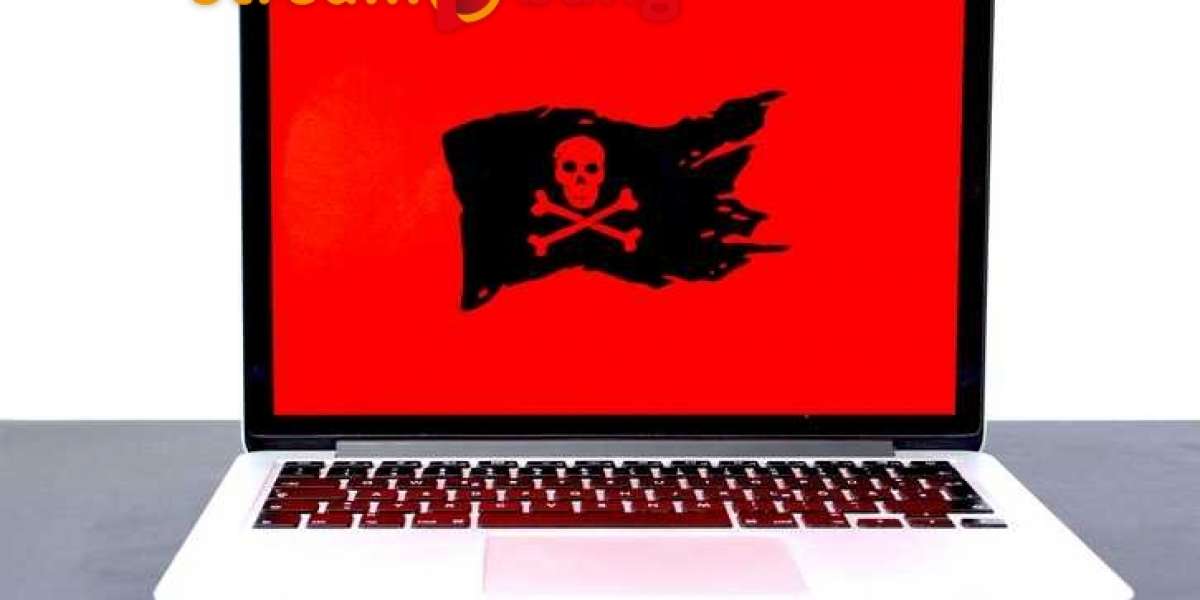What happens when Ransomware hits?
The ransomware circulates files and documents on your network. Once rotated they cannot be opened. Malware can encrypt files across your network, even those in cloud stores. If your business grows with managed ransomware services, you can expect it to happen: it supports encrypted files
A pop-up message may appear on the screen of the infected computer;
This message says "Sorry, your files have been encrypted." The message tells you to pay a sum of money (usually several hundred, often thousands of dollars) in bitcoin or similar cryptocurrency, to obtain a code that decomposes the files; is,
The message threatens to destroy the encrypted files if you don't pay within a specified time.
Infection with ransomware is expensive, not only because of the extortion price, but because of the business outage.
How do you get infected with Ransomware?
Infection typically occurs in the following ways:
Email Attachment: Ransomware can be sent via phishing email that contains an infectious link, such as a PDF or Word document. If a user opens the link, he can automatically run a small software program in the document which will then install the ransomware. A Symantec report found that 88% of malicious emails used attachments to scan computers.
Email Links Malicious emails sometimes contain links to malware-containing websites. When you click a link, ransomware can automatically capture you, even without your knowledge.
Infected Websites: Simply browsing through a site can easily infect your computer with ransomware.
How can you prevent Ransomware infection?
The cybercrime world continually updates the methods used to attack your organization. Supervision and experience are needed to keep up with cyber security threats. Using managed IT services, such as DynaSis in Atlanta, which offers cyber security experts, offers the best possible defense against ransomware.
DynaSis provides a managed cyber security service that protects all target areas used by cybercriminals. Our managed cyber security uses a layered approach to prevent ransomware, which includes:
Patch Management: Ransomware uses flaws in the software to automatically insert it via email links and websites. A managed IT service will ensure that the entire IT network is up to date and that the security components are installed quickly.
Email Management: Phishing is the most popular way in which ransomware is delivered. Managed IT services provide management of your email system to prevent phishing.
Antimalware tools: we protect your business by using cutting-edge products that prevent the installation of malware.
Backup and disaster recovery: in the worst case and you are caught by ransomware, the IT services managed by DynaSis ensure that you have a backup to encrypt the files to be restored.
2018 saw ransomware campaigns underway. Malwarebytes experienced a 55% increase in cyber attacks, including ransomware, during the third quarter of 2018. Maintaining cybercrime control is a timely and costly exercise. Managed IT support and IT services can do this work for you, keeping your IT resources free of malware and allowing you to move forward with the company at your fingertips - to make it successful.
Managed service managers have been hit by ransomware attacks
Thursday, November 7, 2019
Insurance provider cyber-insurance insurance company Beazley Insurance analyzed its internal data on responses to breaches and found that in its experience, there was a thirty-seven percent (37%) increase in ransomware attacks in the last quarter. in the last quarter of 2019, twenty-five percent (25%) of these incidents were against managed service providers (SMEs).
SMEs help SMEs with IT infrastructure and services, either occasionally or almost on site. SMEs provide services to a number of customers and support customers remotely to provide services in a convenient way. SMEs are also small businesses and lack the resources to fight persistent cyber attacks. Hackers know that these SMEs support a large number of customers and turn to SMEs to gain access to multiple organizations. If an SME is affected by an attack against nuclear software, the result may be that not only is the SME system dormant, but it cannot provide ongoing cyber security services to its customers, including patches and other critical security measures. Also, when an SME is a victim of a redemption version, its customers may not have access to their data and SMEs may require their customers to help pay a ransom to gain access to their data.
Unfortunately, when an SME suffers a cyber attack or security intrusion, the accident can also constitute a breach of the data to be reported, which could therefore be borne by the customer. Security incidents are difficult to answer in your system, let alone try to coordinate with MSPs in the middle of a crisis.
Here are some examples of things to consider when choosing an MSP. The main takeaway is not to choose your MSP based solely on cost. Get what you pay for and choosing the cheapest MSP may not serve you well in the long run. Understand that MSPs are targeted, which means your data is at risk. Talk to your MSP about how to protect your system and your data, feel comfortable that MSP is the right choice for you and list your duties and responsibilities in a written contract to protect you in the event of an accident. Many companies simply sign the contract that has been awarded to them by an MSP, but these form contracts do not contain provisions that may be needed to protect you in the event of an accident. The contract with your MSP is a high risk contract and therefore requires special attention.








